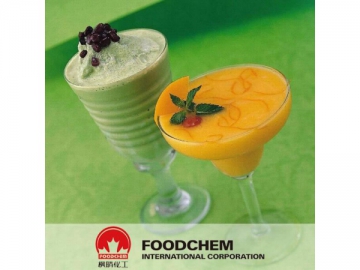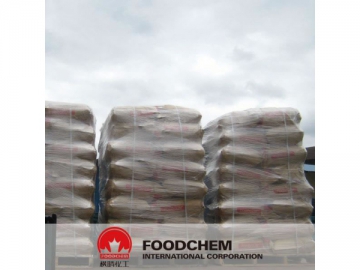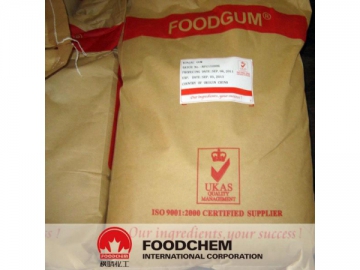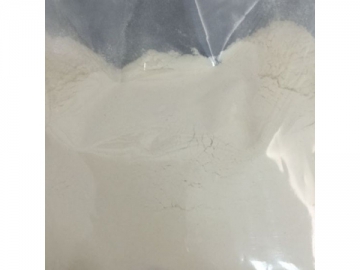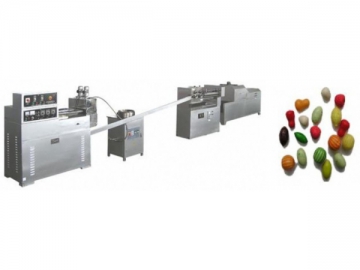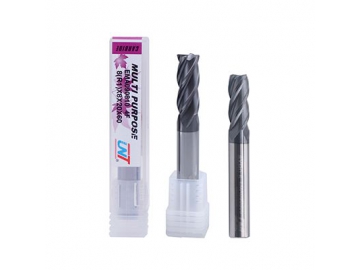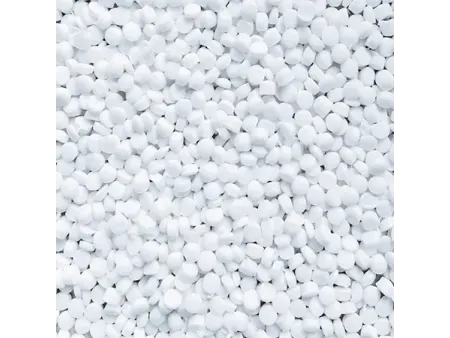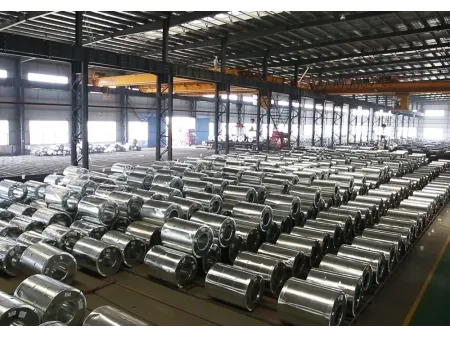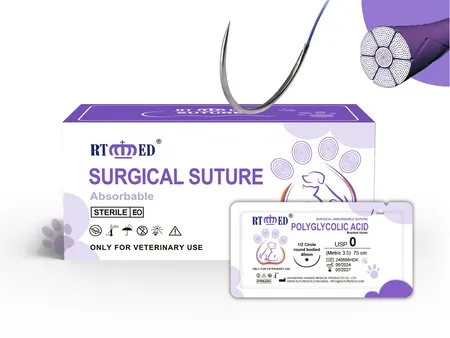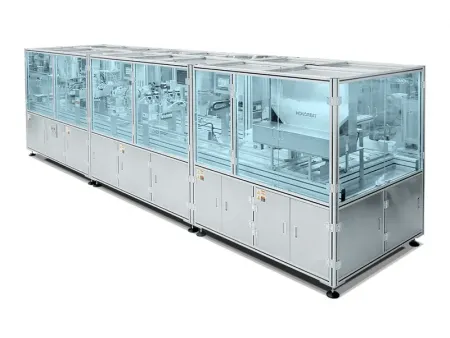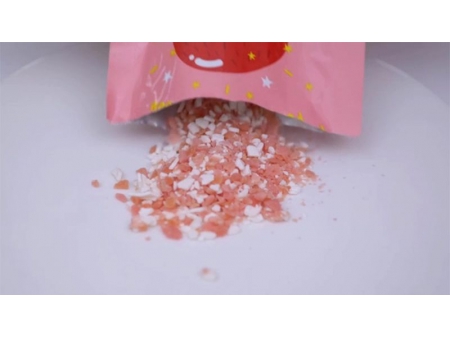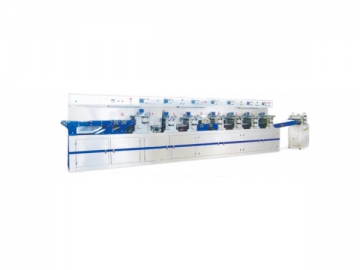Konjac Gum
Konjac Gum is one of the popular food additives and ingredients in most countries, As a professional Konjac Gum supplier and manufacturer, Foodchem International Corporation has been supplying and exporting Konjac Gum from China for almost 10 years, please be assured to buy Konjac Gum at Foodchem. Any inquiries and problems please feel free to send emails to us via , we will reply you within 1 working day.
Type:Thickeners
Qty in 20' FCL:18MT
Min. Order:500KG
QC:Haccp,Kosher,Halal,Iso
| ITEM | STANDARD |
| Appearance | Odorless, white or light yellow fine powder |
| Particle Size | 95% pass 120 mesh |
| Viscosity (1%, 25 ℃ , mPa.s) | As per need (25000~ 36000) |
| Konjac Glucomannan (KGM) | >= 90% |
| pH (1%) | 5.0- 7.0 |
| Moisture (%) | =< 10 |
| SO2 (g/kg) | =< 0.2 |
| Ash (%) | =< 3.0 |
| Protein (%, Kjeldahl method) | =< 3 |
| Starch (%) | =< 3 |
| Lead (Pb) | =< 2 mg/kg |
| Arsenic (As) | =< 3 mg/kg |
| Ether-soluble material (%) | =< 0.1 |
| Yeast & Mould (cfu/ g) | =< 50 |
| Total Plate Count (cuf/ g) | =< 1000 |
| Salmonella spp./ 10g | Negative |
| E.Coli/ 5g | Negative |
Konjac Gum is a kind of pure natural hydrocolloids, it is refined Konjac Gum powder processed by alcohol precipitation. Konjac Gum main ingredients is Konjac Glucommanan(KGM)with high purity of more than 85% on dry basis. White in color, fine in particle size, high viscosity and with no special smell of konjac, stable when dissolved in the water.Konjac Gum has the strongest viscosity among the plant -based water -soluble gelling agent. Fine particle size, fast solubility, high expand capability of 100 times of its weight, stable and nearly odorless.
Cultivation and Use
Sashimi konyaku, usually served with a miso-based dipping sauce rather than soy sauce.Konjac is grown in India, China, Japan and Korea for its large starchy corms, used to create a flour and jelly of the same name. It is also used as a vegan substitute for Gelatin.
In Japanese cuisine, konjac (konnyaku) appears in dishes such as oden. It is typically mottled grey and firmer in consistency than most gelatins. It has very little taste; the common variety tastes vaguely like salt. It is valued more for its texture than flavor.
Ito konnyaku is a type of Japanese food consisting of konjac cut into noodle-like strips. It is usually sold in plastic bags with accompanying water. It is often used in sukiyaki and oden. The name literally means "thread-konjac".
Japanese konnyaku is made by mixing konjac flour with water and limewater.Hijiki is often added for the characteristic dark color and flavor. Without additives for color, konnyaku is pale white. It is then boiled and cooled to solidify. Konnyaku made in noodle form is called shirataki and used in foods such as sukiyaki and gyudon.
Konjac is consumed in parts of China's Sichuan province; the corm is called moyu , and the jelly is called "konjac tofu" or "snow konjac"
The dried corm of the konjac plant contains around 40% glucomannan gum. This polysaccharide makes konjac jelly highly viscous.
Konjac has almost no calories, but is very high in fiber. Thus, it is often used as a diet food. It can also be used for facial massage accessories which are currently popular in Korea.
The product Lipozene is made from the konjac root.
Fruit jellyKonjac can also be made into a popular Asian fruit jelly snack, known variously in the United States as lychee cups (after a typical flavor and Nata de coco cube suspended in the gel) or konjac candy, usually served in bite-sized plastic cups.

